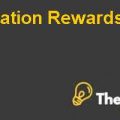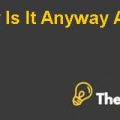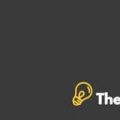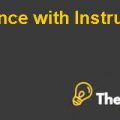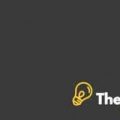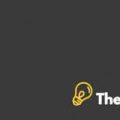Introduction
This report revolves around the analysis of consumer behavior of Uber. We are given data of over fifty thousand tweets of Uber. The data is collected by using the listening tool, brand watchand social media. The purpose of this research is to get a deep insight of the behavior of the consumers by getting a deep insight of the people’s tweets and to see whether they can be used for developing a base about the thinking of the social media users.In this report, to do the consumer behavior analysis on the Uber tweets, we have used different statistical techniques and methods. SAS is used for the analysis.
In the first stage of the analysis, we have cleaned the data. As you know that we have been provided with fifty thousand tweets about Uber. We have cut the data to around five hundred tweets by randomly selecting the tweets from within. The data is cut short in order to make the analysis simple. Other than this, we have cut some of the variables that we think are not useful in our analysis,from the data.
In the second stage, we have performed an exploratory data analysis on the variables in our dataset. The exploratory data is performed in order to get an overview of our dataset and to analyze the trends that different variables are following. For example, for the numeric variables, we have done a descriptive statistics analysis in order to find the measures of central tendency and measure of spread across these variables. On the other hand, for ordinal and categorical variables, we have obtained the frequency tables and graphs to analyze which category is the strongest.
Uber-Consumer Behavior Harvard Case Solution & Analysis
In the third stage, by using the variables that are already present in our dataset, we have computed some new variables that can prove to be beneficial in our analysis.
In the fourth stage, we have done the analysis of our data. We have used different statistical models and tests like regression and ANOVA in order to find whether there exists any relationship among different variables in our dataset and which variables has a strong relationship and which does not have any relationship.
Lastly, we have done an analysis of the unstructured data. This is done by doing the manual and sentiment analysis technique.
Stage 1: Cleaning the Data & Preparing it for Analysis
As mentioned earlier, the data collected is over fifty thousand tweets. To clean the data and to make it simple for further analysis, we randomly selected data of about five hundred tweets. Other than this, we have deleted certain variables as well from the dataset. These variables are listed below.
- Display URLs.
- Media URLs.
- Full Name.
The URL gives us the information about the storage of the respective tweet. Display URLs show the URLs that are contained within the tweet. Full Name is the full name of the person who has tweeted. And lastly, the media URLs are the URLs of any of the images or tweets that are also present in the tweet...............
This is just a sample partical work. Please place the order on the website to get your own originally done case solution.

